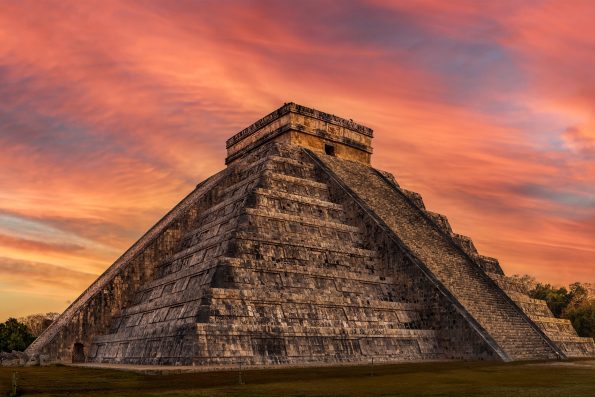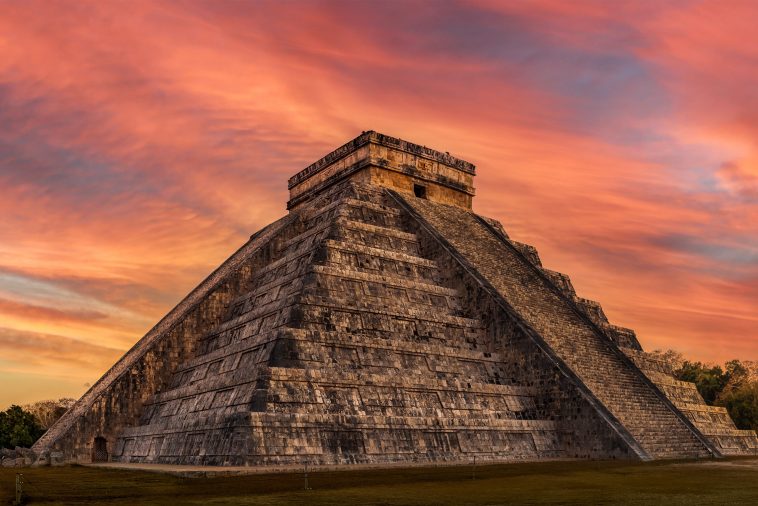Between the third and 10th centuries, the Maya civilization flourished across Mexico’s Yucatán Peninsula.
At a sacred site called Chichén Itzá, sacrificial victims were painted blue and thrown into a sinkhole. The blue hue is considered one of the greatest achievements of the Maya culture. The bright color is known as “Maya blue.”
Among the ancient Maya, blue was the color of sacrifice. It represented Chaac, the rain god. Blue human offerings were sacrificed to Chaac during droughts in the hopes that rainfall would occur.
Aside from being painted on the skin of human offerings, it was used to decorate pottery, statues, and murals.
The pigment has remained resilient to the passage of time, retaining its color even when faced with solvents, acids, and high temperatures.
Since its initial discovery in the 1930s, Maya blue’s ability to last has baffled scientists. In the 1960s, scientists were able to identify its components.
They found that the pigment was created by combining indigo, a plant-based dye, and palygorskite, a type of clay.
To the ancient Maya, the sinkhole, or the Sacred Cenote, at the site of Chichén Itzá was a place of spiritual importance.
It was regarded as a gateway to the underworld. In 1904, an array of artifacts, including gold, jade, pottery, and dozens of human skeletons, were retrieved from the bottom of the Sacred Cenote.

Sign up for Chip Chick’s newsletter and get stories like this delivered to your inbox.


